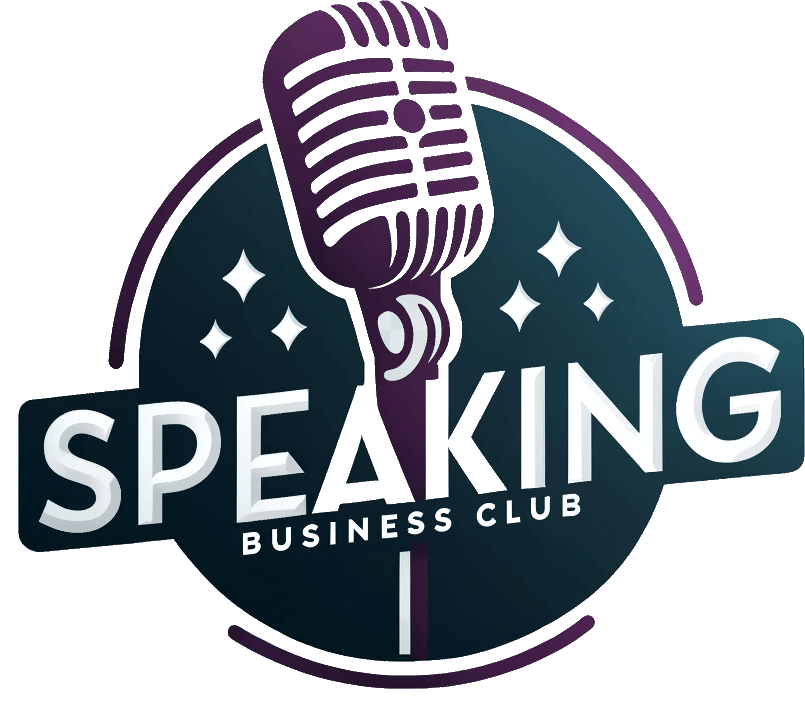
The report from Fuse, JDC Events, and Bear Analytics finds events professionals looking beyond conference mainstays in favor of deeper engagement.
Meeting attendees are looking to engage and build communities with peers in ways that may prompt associations to rethink how they structure their events portfolio, according to a new report.
Future-Ready Events: A Blueprint for Connection, Growth, and Innovation, was produced by Fuse, JDC Events, and Bear Analytics, and released May 6. It is based on a survey of 69 event industry professionals from the association, nonprofit, and corporate arenas. According to those respondents, “cultivating attendee engagement and participation” was considered the most important element of community building, with a large majority (81 percent) saying that “networking opportunities” was their main engagement strategy.
Still, few respondents cited year-round engagement as a top priority for event attendees. Jennifer Collins, CEO of JDC Events, said that the hesitance around that may be a function of associations’ historically placing much of their energy around engagement toward a single annual conference.
“During the pandemic, the one-and-done, large association meeting model was a concern, because what happens when things close down and you can’t see each other?” Collins said. “Year-round engagement was something people wanted to be able to accomplish, which I know for associations is hard. We saw that in the survey, which mentions that it was aspirational for so many.”
Conference mainstays like panel discussions and inspirational talks scored less well among professionals.
The survey ranked which kinds of events professionals felt are most effective for community building. The most popular in that regard was networking sessions (22 percent), followed by workshops and educational sessions (19 and 18 percent, respectively). The survey notes that those results suggest that attendees “crave hands-on learning and shared experience.” Conference mainstays like panel discussions and inspirational talks scored less well among professionals. Similarly, big-name keynotes are only moderately popular among those surveys, with slightly more than half saying they were important, very important, or essential.
Collins said the results spoke to the idea that it’s not quite enough for an association to simply convene a meeting to create a community. Its events programming needs to be designed to create the sense of closeness that leads to knock-on benefits like membership retention and return attendance.
“A networking group is not a community,” she said. “It’s how you’re building it, how you’re engaging, how you’re making sure that people are a part of it. It can be in the form of micro-events that speak to [content] they asked for, or what is a potential need for them that they want to engage a little further and closely, and that they can be a part of to help co-create.”
The survey found that small majorities of events professionals are using AI around content creation and data analysis, but fewer are using it around personalized education as they increase their knowledge and address data-privacy concerns.
“Professionals are looking at personalization so that when you’re registering, it knows exactly what you like and be more in tune to your characteristics in your personalized needs,” she said. “But more are using AI as it relates to content, so that kind of personalization is still in progress.”
The post Report: Conference Attendees Seek Connection, Not Flashy Keynotes appeared first on Associations Now.




